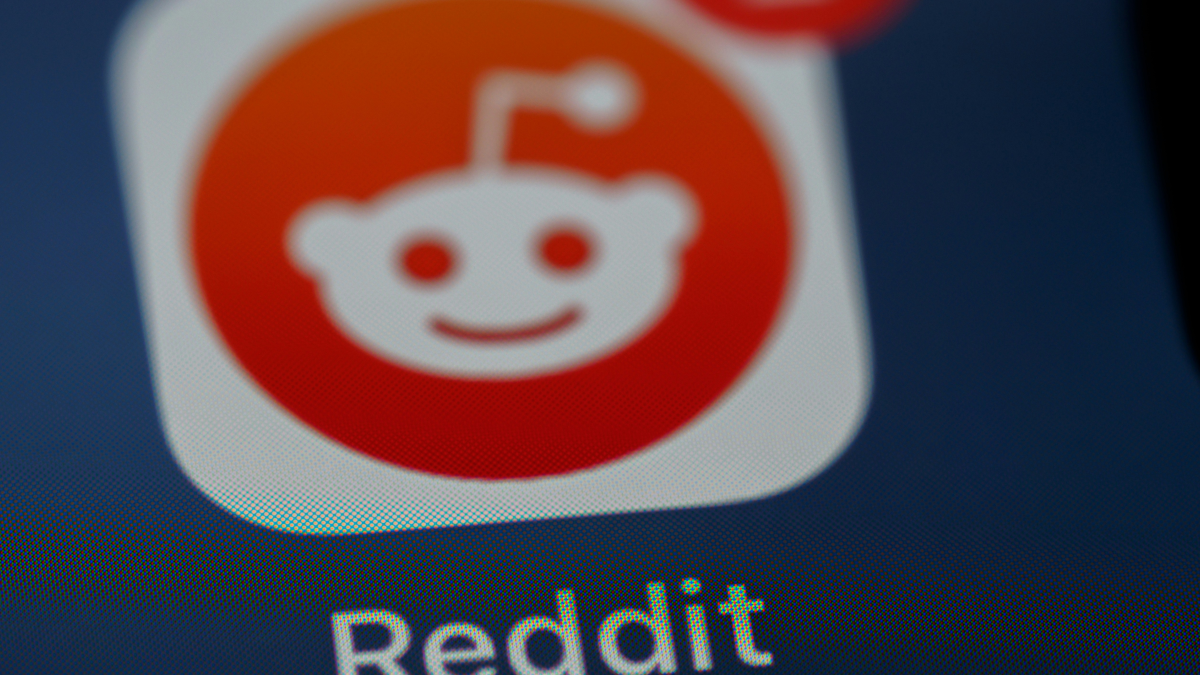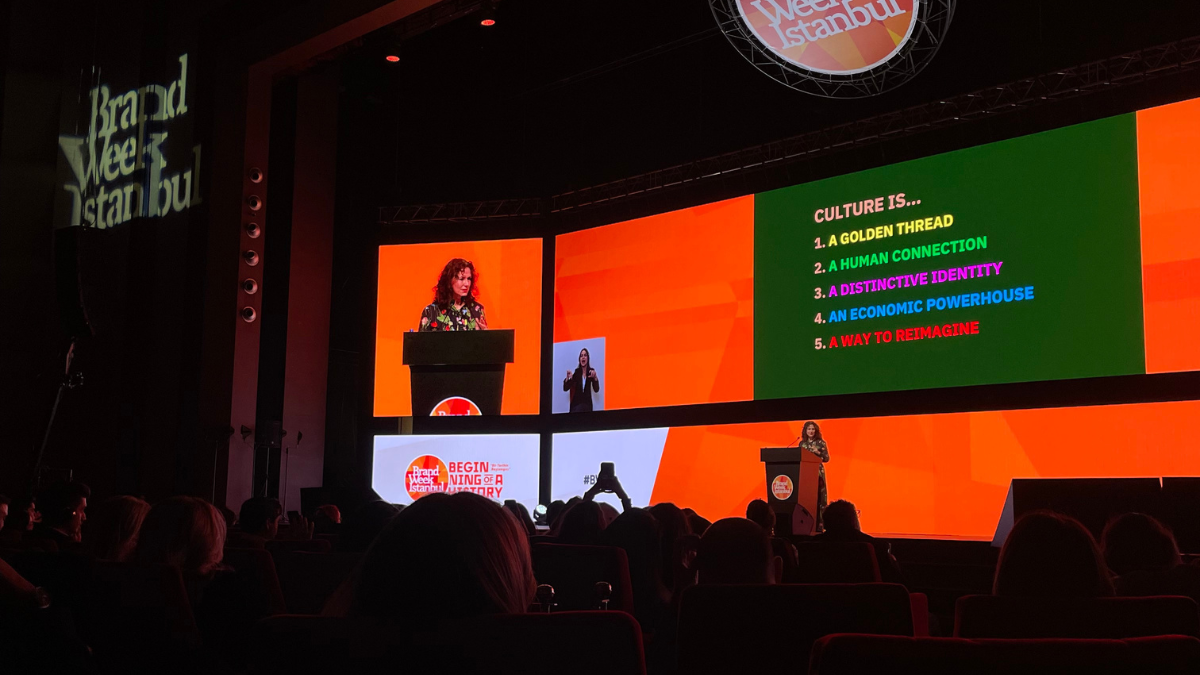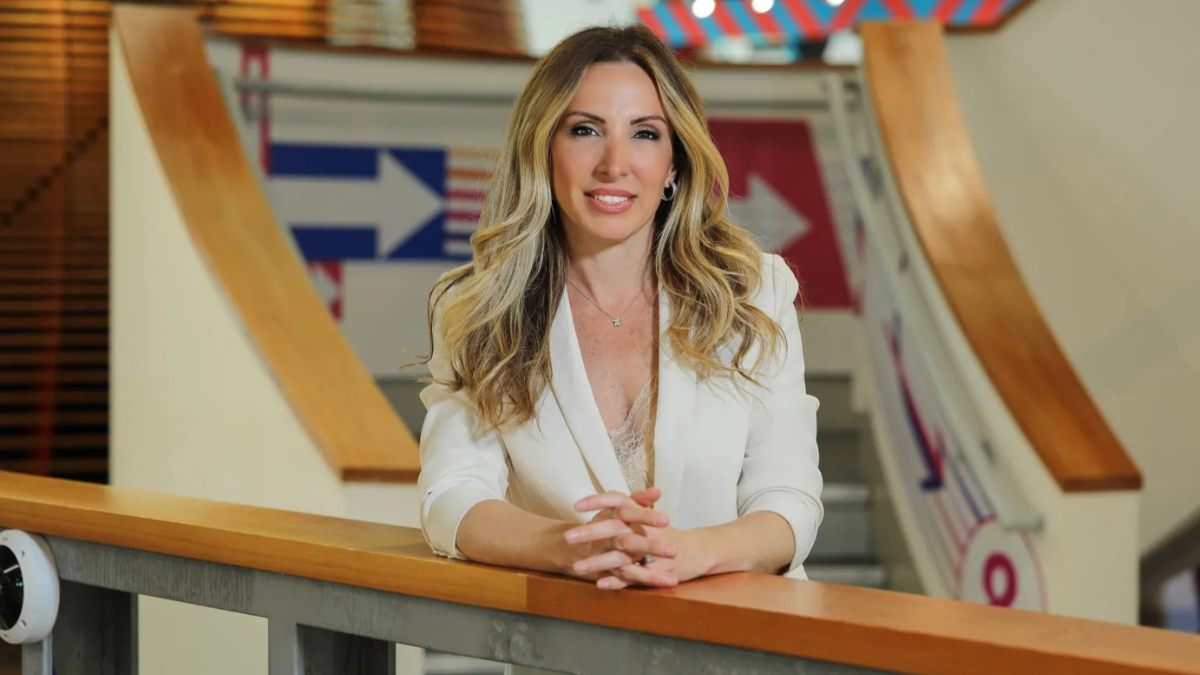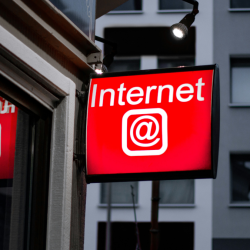Just this week, something on LinkedIn sent me screaming back through the mists of time to the distant past/2018. For some of us, the good old days, for most of us, the similar old days.
Regardless, such was the specificity of this post’s humour that I actively recoiled (you can’t prove that I didn’t) at the sight. It took me back to the golden age of Weird Twitter, days that I thought we, as marketers, had moved on from.
The post, or posts, in question, were from Dunkin’ Donuts:
Harking back to the heyday of brands ruling the internet, before the Silence, Brand! counter-movement, before Covid-19, before all the rest of it, there was this. A ‘takeover’ with all the hallmarks of the era, from sparring with other brands to being upsettingly sexual, to using the now woefully outdated language of a time like ‘frens’ (see: friends), it was truly bizarre.
You might think I sound awfully pious, but I assure you, I, like many people in 2018/2019, was giddily clapping my hands and whooping and cheering at this sort of humour. ‘So random!’ ‘A brand doing this?!’ ‘Whaaaaaaat!!!!’. And make no mistake, I have genuine respect for the pioneers of that particular era — Nathan Allebach, formerly of Steak Umms fame, to name but one — I’ll return to this later.
But that was then. I still worked in retail. Now that I’ve seen ‘behind the curtain’ and it made me think, are we as marketers, already playing the greatest hits nostalgia tour for internet humour? Not only this, but I was horrified (you can’t prove that I wasn’t) to see so many people on LinkedIn not just accepting it, but welcoming it.
Not only this, but LinkedIn is the only, and I mean only, place I’ve seen this being re-shared. And herein lies my main argument: marketers need to play outside a little more often.
What’s wrong with LinkedIn?
Or do you know what? Falling short of actually going outside, I’d take marketers getting off LinkedIn’s Scooby Doo-esque corridor for a while. I’m not saying LinkedIn doesn’t have its benefits; it has many, but I think there is an unhealthy limit we reach when we lock ourselves in an echo chamber of our peers for too long.
While social media can have undeniable real-world implications, there’s a lot of unhealthy behaviour, and relying solely on it as a source of discourse and inspiration, I think, can be damaging. From extensive, impassioned discourse on the incremental merits of Tesco’s latest billboard ad to copy upon copy of thought leadership ideas, it can often feel like LinkedIn’s most active users are forgetting why we’re doing all of this, more concerned about gaining pedigree and acceptance among peers, than actually doing what is being asked of them.
And this isn’t just the whining of someone feeling left out; myriad data suggests that marketing techniques are becoming increasingly insular and homogenised. This is because, for some years, we’ve been told that mirroring our audience is enough. Hence, we are constantly bombarded with trend-led (Brat Summer, Moo Deng, Mindful & Demure) content that fails to represent any real innovation by anyone but the original content creators.
Ask yourself, who of the many who have done nothing more than follow content creation trends have seen benefit from doing so? Can you remember any of their names? Sure, you might say Duolingo and Ryanair have benefited from it, but they already had genuine hooks and ideas of their own into which they incorporated trends. To go back to ‘Weird Twitter’, you can be sure that the people who first pioneered these trends wouldn’t go anywhere near them now.
It might not be enough to simply parrot trends, but I do get it. As digital marketers (particularly those who work on medium/small/nano accounts) we are constantly being pushed towards finding new trends instead of creating them. It’s also so much harder to be creative when there’s more crossover than ever in the ideas that float to the top.
This creative mirroring speaks to a more significant problem with creativity we are currently experiencing, not just in marketing and LinkedIn but everywhere.
The influence of AI and algorithms is affecting us more than ever
While the AI discourse has settled somewhat in recent months (although it really shouldn’t have, given the environmental implications), its effects remain no less insidious. Have you Googled ‘baby peacock’ recently? Just look at it for a moment — see if you can spot the real thing among the many fakes. While the educational implications on young people are another matter entirely, everywhere matter where we look, our brains are subconsciously filled with amalgamated, untruthful junk created by AI.
With AI content trending on many social platforms (especially LinkedIn), we’re seeing fewer and fewer concepts that an actual human brain has created. And yes, you could say that it took human effort to plug in the specific prompts, but if you’re in any way creative, you’ll know that an idea that you thought you set out to create rarely matches your finished product. Creativity isn’t A to B; it’s a mix of deliberate thoughts, subconscious influences, trial and error, and happy accidents over a period of time that can range from minutes to hours, or even weeks to years. While AI can be a helpful quick fix, it is fundamentally incomparable to this process, which allows us to create something that feels genuinely innovative.
And it’s not just AI content hampering our creativity, but content pushed to us by increasingly powerful algorithms. I recently noticed that for several of the Spotify artists in my Daily Mixes, the songs pushed to me were the artist’s intro tracks, not ‘actual’ songs. After doing a bit of investigating I noticed that for these artists, these somewhat random intro tracks (which, if you asked their fans to name their songs, likely wouldn’t even break the top 50 because they’re not songs in the conventional sense) were miles ahead in streams of their most famous tracks.
Not only did this tell me that the playlists I was receiving were less personalised than they’d have me believe, but it also made me realise that most of us, as listeners, are fundamentally being exposed to and, therefore, influenced by fewer things.
Between algorithms and AI, we are not being fed what is most likely to inspire us but what is most likely to keep us engaged. This creates a problem for creative minds, as it’s the combination of seemingly disparate ideas that often yields the most exciting concepts.
If our sphere of influence is designed to be similar to what we already like, how disparate can our ideas actually be?
How is this affecting consumers?
Moving back to the consumer, it’s important to remember that while this kind of content might influence them, they’re not unaware of these effects, whether on a conscious or subconscious level. This is why platforms like Reddit, Discord, and, more worryingly, QAnon (although all of these sites have their dark, dingy corners).
Let’s take Reddit as the primary example here. Users are moving to Reddit for many of the reasons discussed above. Community-led as opposed to algorithm-led, Reddit allows users, for better or worse, to discover very individual, very human ideas for themselves. Like anywhere, there’s groupthink and social trends, but not to the same extent or potency that a feed driven by AI might. Sure, Reddit users spend less time on average on the platform than Instagram users. However, because Reddit is set up for purposeful interactions rather than engagement, the quality of the time spent is far higher, and the experience is more meaningful.
Personally, I could probably tell you exactly why I have visited Reddit the last five times I did, but for Instagram, they would probably amount to little more than ‘meh, just felt like it’. Unfortunately for marketers, spaces like Reddit are nearly impossible to enter meaningfully, as so much of modern digital marketing is fundamentally at odds with the values and attitudes of Reddit users.
So what can we do?
When it comes to how we as marketers can change up our approach to consumers, it really does come down to one thing: providing value. Often said, but rarely put into practice. It is, perhaps counter-intuitively, not about getting likes alone but about getting a genuine grasp of what is valuable to consumers. It might not always be the sexiest, trendiest answer, but it is the correct one. If your manager/client has respect for the work you do, they will understand this. The next step is respecting and nurturing your creative voice. There’s a reason artists have historically been seen as solitary creatures, and while there’s something to be said for being aware of the zeitgeist, to be lost in it is to lose what makes your voice worth listening to.
Rick Rubin put this rather eloquently in a recent interview. Sure, there are plenty of analyses of successful albums/films/whatever that eulogise them as works of prescient genius, but the truth is, most of the people involved will tell you that they weren’t deliberately chasing audience approval, but were making it because they thought it was good. I think the same probably applies to creative marketing.
Additionally, a musical artist may be inspired by other music, but it’s rarely the music their peers make, and it might not even be music at all. It could be art, film, poetry, a good conversation, or a walk in the fresh air. If you’re feeling uninspired or overwhelmed by the creative voices on social platforms like LinkedIn, sometimes the best thing you can do for yourself, consumers, your business, or your clients’ businesses is take a step back.
Featured image: Brett Jordan / Unsplash






























